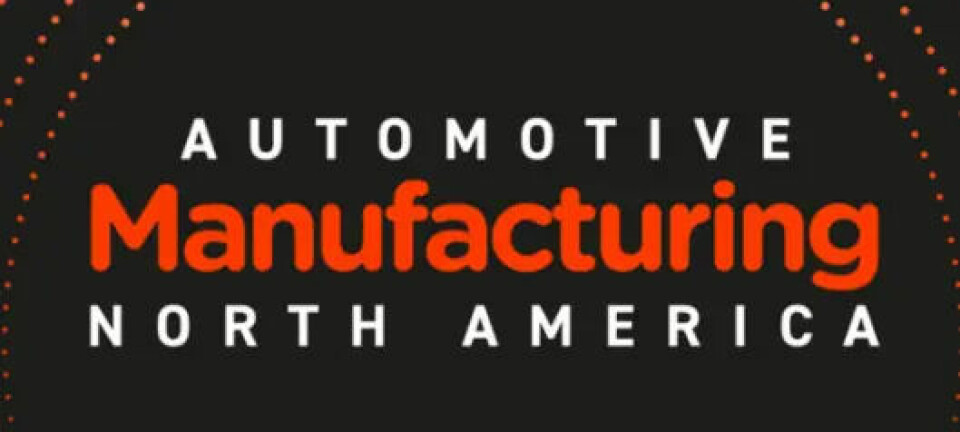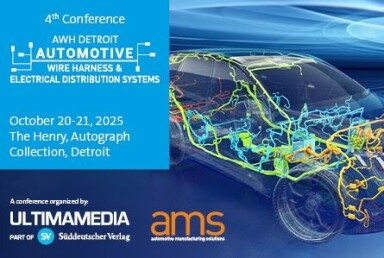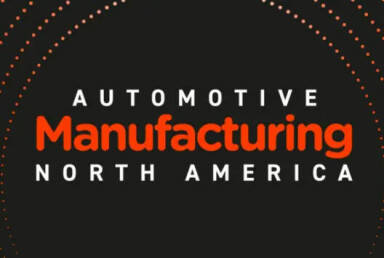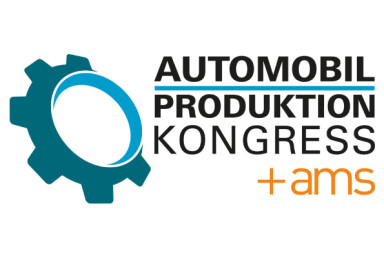EV Factory Expansion
Tesla's Nevada Semi surge gathers pace

With a colossal stamping press now in place at Gigafactory Nevada, Tesla primes its all-electric heavy-duty truck for broader output, challenging diesel dominance in a sector ripe for decarbonisation.
In the arid expanse of Nevada, Tesla has taken a tangible step towards scaling its Semi truck production. On 24 August 2025, the company received a massive stamping press at its dedicated Semi facility adjacent to Gigafactory Nevada.
This equipment, so substantial that it required two semi-trucks and a triple trailer for transport, highlights the engineering heft needed for producing Class 8 vehicles. The machinery is pivotal for shaping the Semi's cab and chassis, enabling the precision forming that underpins efficient assembly.
Production horizons for Tesla
Tesla anticipates initial production builds by late 2025, with a deliberate ramp to meaningful volume in 2026. The facility is designed for an annual capacity of 50,000 units once fully operational, a figure that could expand further by 2027. This follows the delivery of over 100 pilot units to fleets such as PepsiCo and UPS since 2022, providing real-world data on performance.
The expansion aligns with broader investments in Nevada, including over 1,000 new hires, bolstering local employment while qualifying for up to $40,000 in federal incentives per unit under America's Inflation Reduction Act.
Tesla Giga Semi - The Actual Big Show
— Zanegler (@HinrichsZane) August 24, 2025
Probably my most consequential video of the construction of the high-volume semi factory. Enjoy......it's a long one. pic.twitter.com/lr51aflB0m
Self-described "Tesla-Semi Advocate" and drone operator @HinrichsZane captures the construction of Tesla's "semi factory"
Efficiency in the details
The Semi's design emphasises endurance and economy, boasting a 500-mile range on a single charge and a battery warranted for one million miles. At 36,000kg gross vehicle weight rating, it achieves about 1.7 kilowatt-hours per mile, outperforming rivals like the Freightliner eCascadia, which often exceeds 2.0 kilowatt-hours per mile.
Integration of 4680 battery cells, produced on-site, further streamlines costs. Advanced automation in the stamping process promises swift tool changes, minimising downtime and enhancing throughput in a competitive landscape.
Broader ripples
This development arrives amid a softening in passenger EV sales growth, down to 7 per cent globally, from 40 per cent the prior year, yet commercial electrification presses on. Fleets face mounting pressure from emission regulations, with operators like Walmart targeting zero-emission operations by 2040.
Tesla's move could capture 15 to 20 per cent of the Class 8 market by 2028, displacing substantial carbon emissions - potentially one million tonnes annually if just 10 per cent of US semis electrify by 2030. Diesel prices, up 20 per cent year-on-year, add economic impetus.
Strategic undercurrents
Yet challenges linger. Tesla's overall vehicle output in the second quarter of 2025 hovered around 410,000 units, reflecting supply constraints.
The Semi's pilot pricing started at $180,000 for the 500-mile variant, but scaled production might trim this to nearer $150,000, improving accessibility. Rivals, including Daimler's eActros delayed to 2026, watch closely. In a sector where trucks comprise 5 per cent of vehicles but 25 per cent of road emissions, Tesla's Nevada push tests whether electric innovation can outpace entrenched diesel infrastructure.
Why this matters now
The equipment's arrival, which garnered over 1.3 million views on X within a day, signals momentum in a year of EV recalibration. As global supply chains adapt to tariffs and raw material volatility, localised manufacturing like this fortifies resilience.
For automotive engineers and fleet managers, it poses intriguing questions about the pace of transition - will the Semi's efficiencies redefine long-haul economics, or will battery scaling hurdles persist?
Comparative context
While Tesla advances, peers forge ahead too. SAIC-Audi's new 360,000-unit facility in China targets premium hybrids and EVs. Maruti Suzuki inaugurates an export-focused EV plant in Gujarat, emphasising battery assembly. Kia's dedicated EV site in South Korea leverages modular platforms for 300,000 units yearly. Thailand's July output dip of 15 per cent highlights export vulnerabilities, even as local demand rises.
Mercedes divests Nissan shares, and Porsche shelves in-house battery plans, opting for suppliers - shifts that highlight strategic pivots amid uncertainty.





